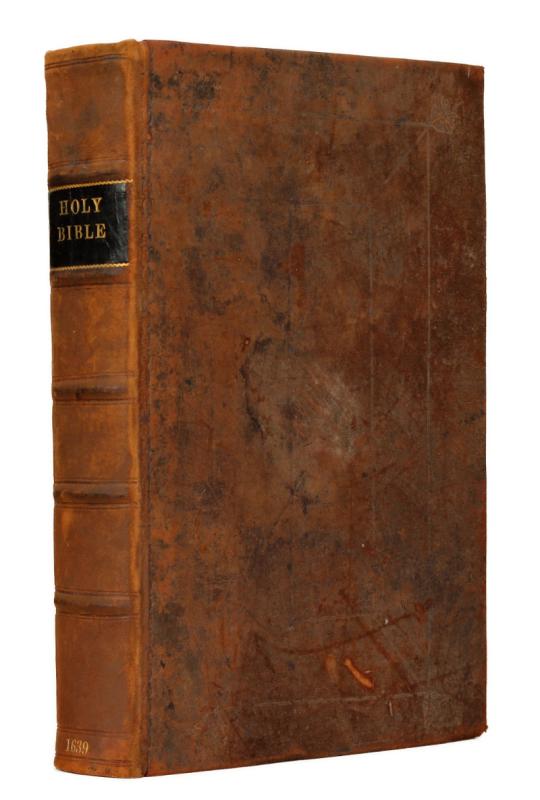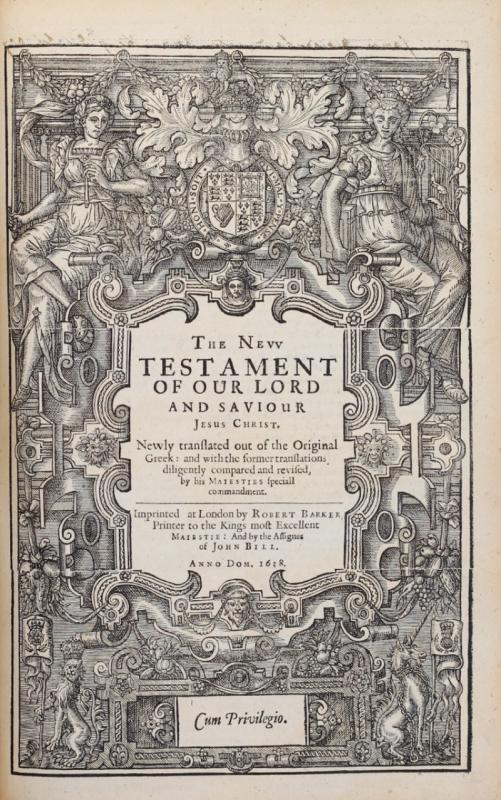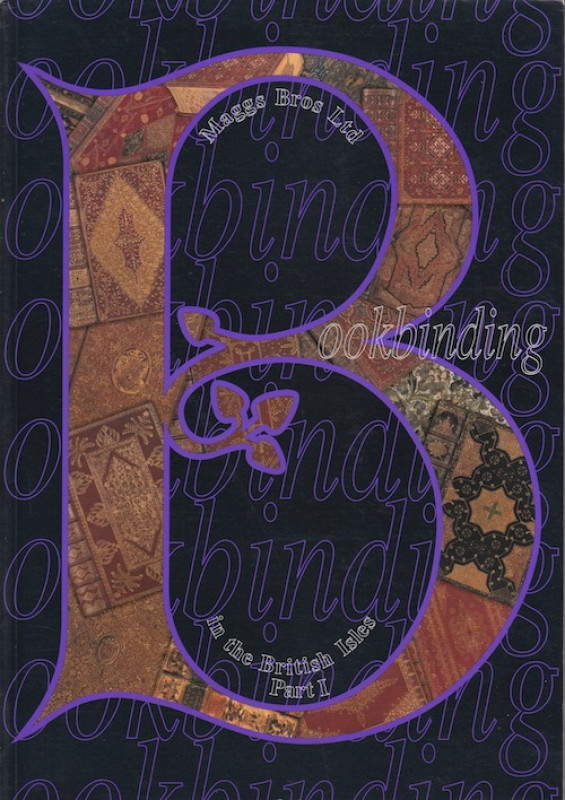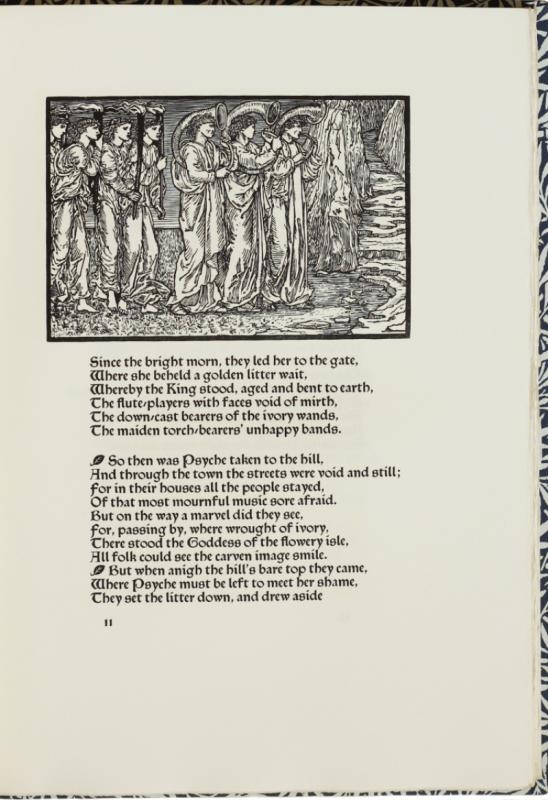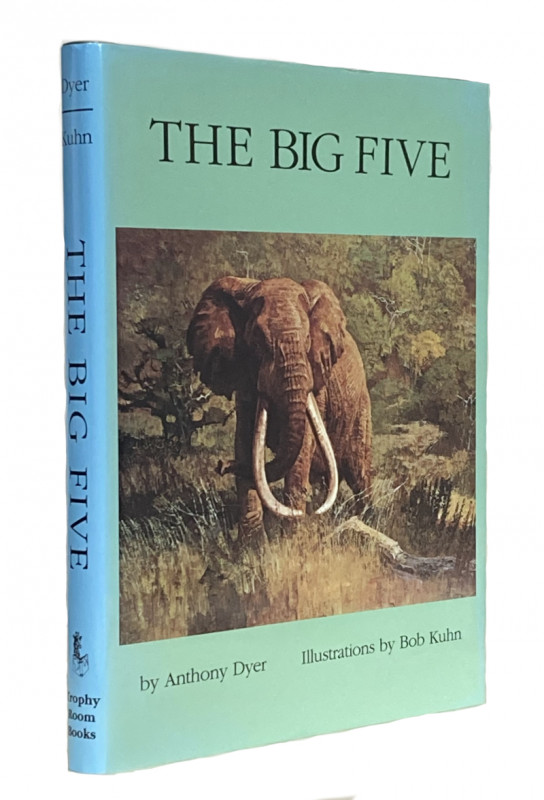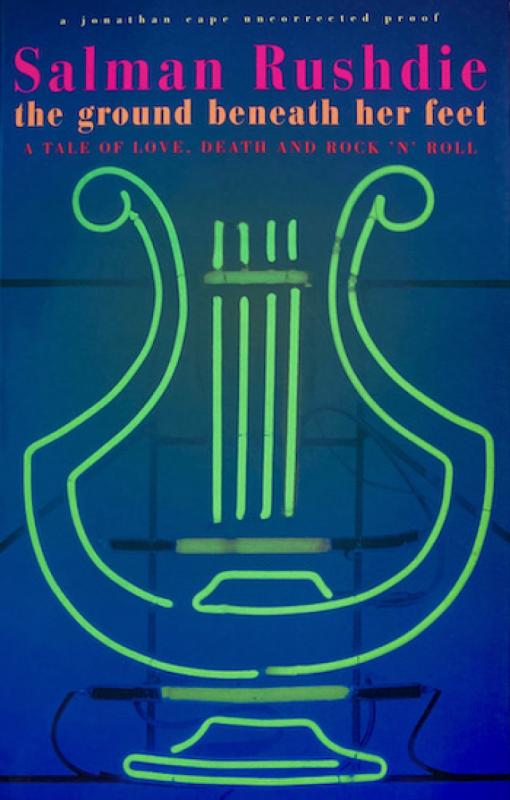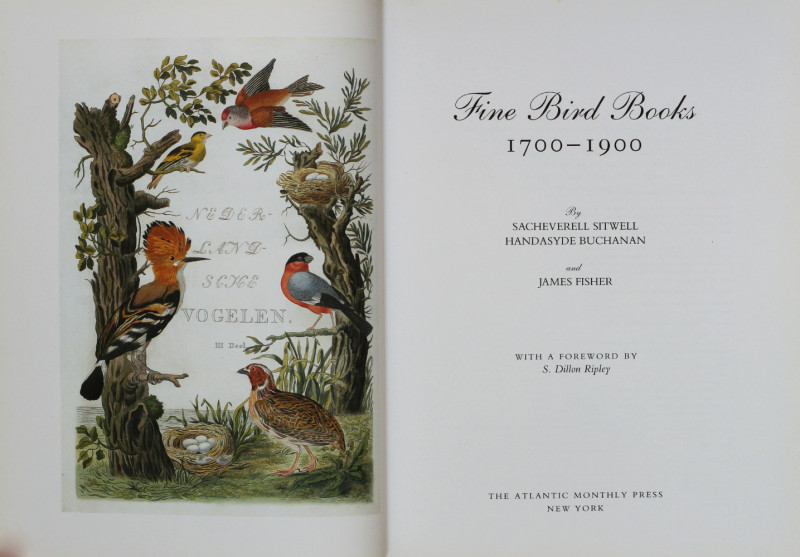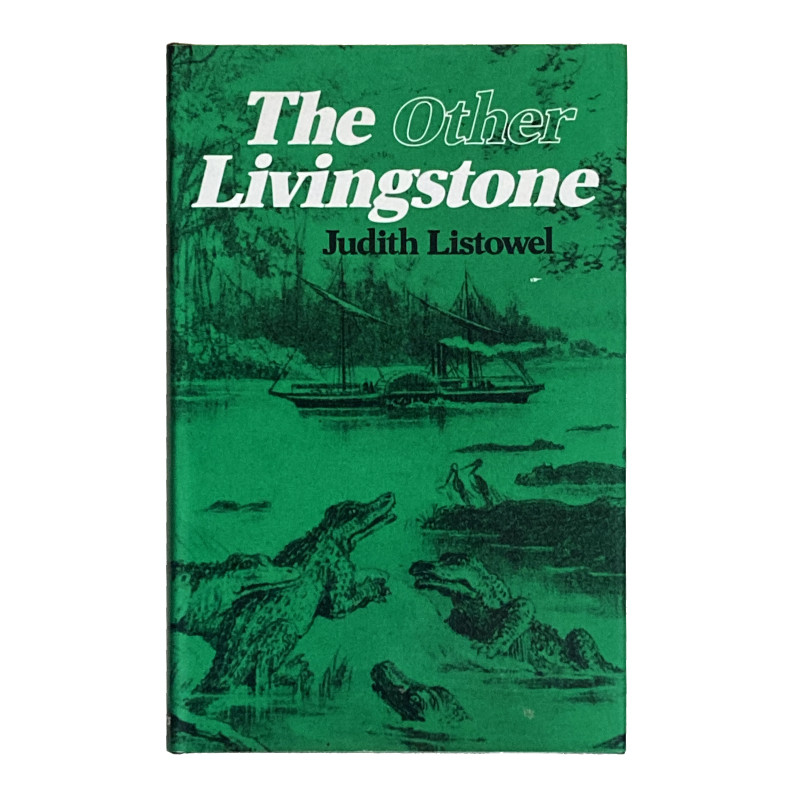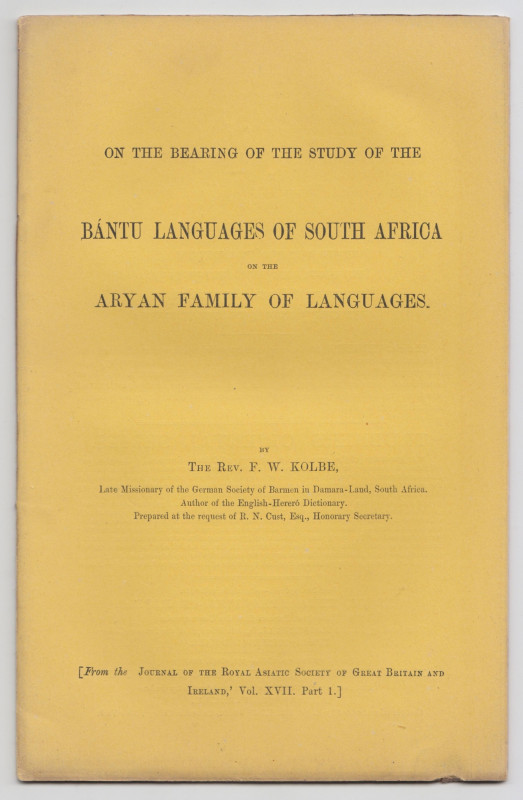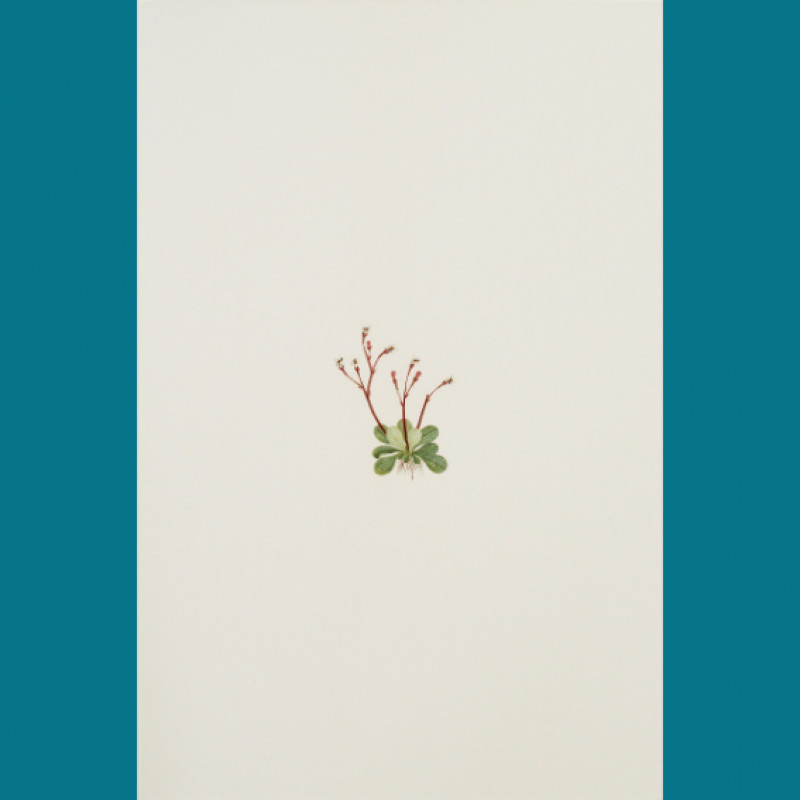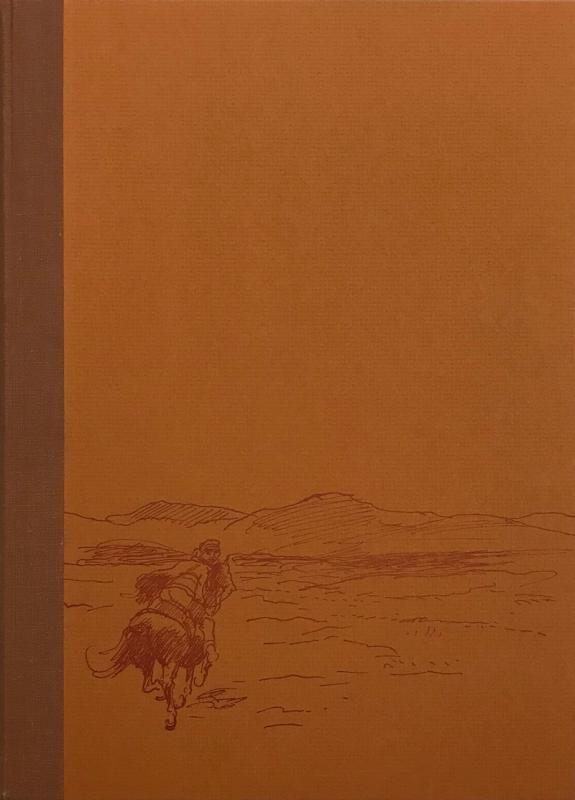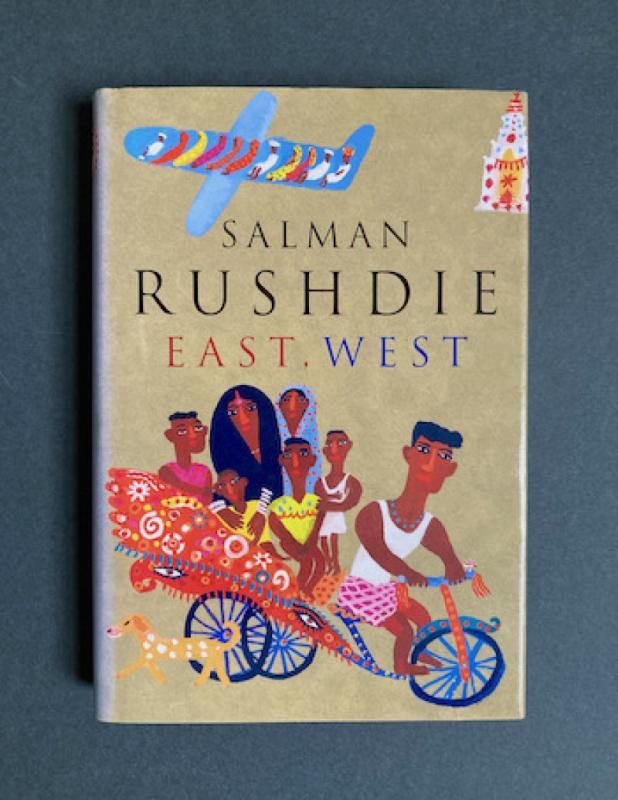The Holy Bible ... - A Concordance ...
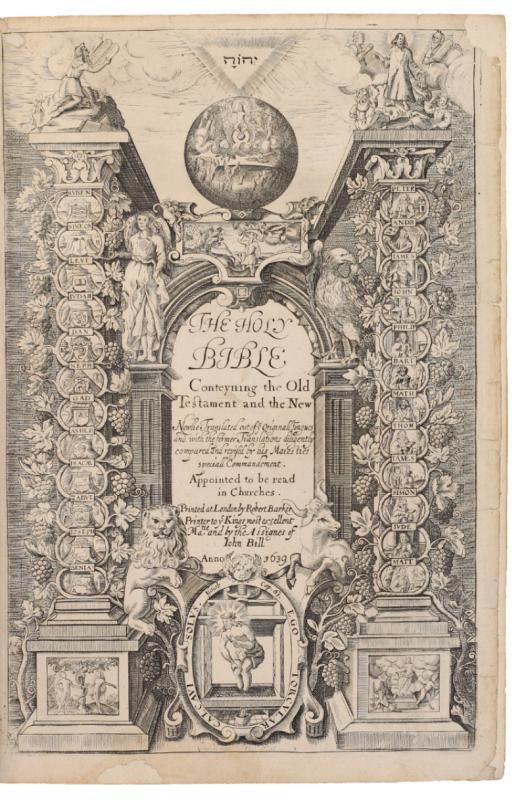



Book Description
AN EARLY FOLIO EDITION OF THE KING JAMES VERSION BOUND WITH DOWNHAM’S 'CONCORDANCE'
BIBLE, King James or Authorised Version – The Holy Bible. Conteyning the Old Testament and the New. Newlie Translated out of ye Originall Tongues and with Former Translations Diligently Compared and Revised by his Majesties Speciall Commandement. Appointed to be Read in Churches. London: ‘Printed [...] by Robert Barker [...] and by the Assignes of John Bill’, 1639 [New Testament title dated ‘1638’]. ¶
Folio in 6s and 8s, pp. [2 (engraved title, verso blank)], [12 (dedication to King James I, ‘The Translators to the Reader’, ‘The Names and Order of All the Bookes of the Old and New Testament’)], 1-272, 265-828, ‘825’, ‘828’, 829-862 (Old Testament and Apocrypha), [863 (woodcut title to the New Testament)], [1 (blank)], 865-898, ‘897’ [recte 899], 900-1090 (New Testament). Old and New Testaments printed in double columns in roman and italic types. Engraved title by William Hole. Wood-engraved head- and tailpieces and initials, type-ornament headbands. (Occasional light spotting or marking, some paper-flaws or tears, mainly marginal but occasionally affecting text, small burn holes in c. 10 ll., some variable light damp-marking, title torn at edges causing small losses and laid down, unobtrusive marginal worming in quires I-K and 2A-2C, lacking π2.) Later edition. ¶
A.S. Herbert, Historical Catalogue of Printed Editions of the English Bible 1525-1961, 538 (noting copies bound with ‘Genealogies and Maps’); ESTC S122100. ¶¶
[BOUND WITH:]
John DOWNHAM. A Concordance, or Table to the Bible of the Last Translation: Whereby One of Meane Capacitie may Easily Find Out (by Remembering any Part of the Sentence) he Most Usefull Places Contained in Holy Scripture. Carefully Perused and Enlarged by ... John Downame ... Allowed by His Majesties Speciall Priviledge to be Printed, and Bound with the Bible in All Volumes. London: [Robert Young for] the ‘Assignes of Clement Cotton’, 1639. ¶
Folio in 4s and 6s, pp. [2 (title, woodcut Royal Arms on verso)], [1-50 (concordance)]. Printed in triple columns in roman, black letter, and italic types. Woodcut printer’s device of Henry Bynneman (used by Robert Young) on title and woodcut Royal Arms on verso of title. (A few light spots and marks.) Later edition. ¶
ESTC S122323. ¶¶
2 works bound in one volume, folio (331 x 225mm). Contemporary British panelled reversed calf, skilfully rebacked to style, the spine with gilt morocco lettering-piece and lettered directly at the foot, all edges red, 20th-century endpapers, retaining earlier front flyleaf. (Boards marked and rubbed, small superficial losses and worming, corners bumped.) ¶¶
Provenance: occasional marginal pen trials in the New Testament – [?]James and Sarah Burtenshaw (1775-1832 and 1772-1838, inscriptions on the verso of the New Testament title recording the births of their children: James Burtenshaw on 7 October 1807, Susannah Burtenshaw on 8 November 1810, and John Marten Burtenshaw on 14 December 1812) – Stephen John Keynes OBE, FLS (1927-2017). ¶¶¶
BIBLE, King James or Authorised Version – The Holy Bible. Conteyning the Old Testament and the New. Newlie Translated out of ye Originall Tongues and with Former Translations Diligently Compared and Revised by his Majesties Speciall Commandement. Appointed to be Read in Churches. London: ‘Printed [...] by Robert Barker [...] and by the Assignes of John Bill’, 1639 [New Testament title dated ‘1638’]. ¶
Folio in 6s and 8s, pp. [2 (engraved title, verso blank)], [12 (dedication to King James I, ‘The Translators to the Reader’, ‘The Names and Order of All the Bookes of the Old and New Testament’)], 1-272, 265-828, ‘825’, ‘828’, 829-862 (Old Testament and Apocrypha), [863 (woodcut title to the New Testament)], [1 (blank)], 865-898, ‘897’ [recte 899], 900-1090 (New Testament). Old and New Testaments printed in double columns in roman and italic types. Engraved title by William Hole. Wood-engraved head- and tailpieces and initials, type-ornament headbands. (Occasional light spotting or marking, some paper-flaws or tears, mainly marginal but occasionally affecting text, small burn holes in c. 10 ll., some variable light damp-marking, title torn at edges causing small losses and laid down, unobtrusive marginal worming in quires I-K and 2A-2C, lacking π2.) Later edition. ¶
A.S. Herbert, Historical Catalogue of Printed Editions of the English Bible 1525-1961, 538 (noting copies bound with ‘Genealogies and Maps’); ESTC S122100. ¶¶
[BOUND WITH:]
John DOWNHAM. A Concordance, or Table to the Bible of the Last Translation: Whereby One of Meane Capacitie may Easily Find Out (by Remembering any Part of the Sentence) he Most Usefull Places Contained in Holy Scripture. Carefully Perused and Enlarged by ... John Downame ... Allowed by His Majesties Speciall Priviledge to be Printed, and Bound with the Bible in All Volumes. London: [Robert Young for] the ‘Assignes of Clement Cotton’, 1639. ¶
Folio in 4s and 6s, pp. [2 (title, woodcut Royal Arms on verso)], [1-50 (concordance)]. Printed in triple columns in roman, black letter, and italic types. Woodcut printer’s device of Henry Bynneman (used by Robert Young) on title and woodcut Royal Arms on verso of title. (A few light spots and marks.) Later edition. ¶
ESTC S122323. ¶¶
2 works bound in one volume, folio (331 x 225mm). Contemporary British panelled reversed calf, skilfully rebacked to style, the spine with gilt morocco lettering-piece and lettered directly at the foot, all edges red, 20th-century endpapers, retaining earlier front flyleaf. (Boards marked and rubbed, small superficial losses and worming, corners bumped.) ¶¶
Provenance: occasional marginal pen trials in the New Testament – [?]James and Sarah Burtenshaw (1775-1832 and 1772-1838, inscriptions on the verso of the New Testament title recording the births of their children: James Burtenshaw on 7 October 1807, Susannah Burtenshaw on 8 November 1810, and John Marten Burtenshaw on 14 December 1812) – Stephen John Keynes OBE, FLS (1927-2017). ¶¶¶
Dealer Notes
The King James Version with Downham’s Concordance. The text of the ‘King James Version’ or ‘Authorised Version’ of the Bible has been described as ‘the only literary masterpiece ever to have been produced by a committee’ (PMM). The translation into English was initiated by King James I in 1604, and undertaken by some fifty translators, working in six groups and located at Westminster, Cambridge and Oxford. ‘Being based on a wider range of classical and oriental scholarship than its predecessors, the Authorized Version was a more learned text. Fortunately, however, no attempt was made to produce a completely new translation. While consulting the original Hebrew and the “received” Greek text as printed by Robert Estienne in 1550, the translators took as the basic English text that of the Bishops’ Bible, as revised in 1572. They were instructed that it was to be “as little altered as the text of the original will permit”, but they were enjoined to consult the Tyndale [...] and Coverdale versions and the Geneva Bible [...]. It is also clear that they borrowed quite freely from the Catholic translation of the New Testament issued at Rheims in 1582. Above all the translators lived at a period when the genius of the language was in full flower. Though few of them were possessed individually of literary genius, “they had, so to speak, a collective ear and taste, and above all, they had intense and reverent zeal” [...] They succeeded superbly in their aim, not to create a new translation “but to make a good one better”, so that the noble prose of Tyndale and Coverdale remained the backbone of what Macaulay described as “a book, which if everything else in our language should perish, would alone suffice to show the whole extent of its beauty and power”’ (PMM 114). ¶¶
The first edition of the King James Version was printed in black letter types and published in a folio format by Robert Barker, the King’s Printer, in 1611. This was followed by further folio editions dated 1613-1611 (the ‘Great She Bible’, usually considered the second folio edition), 1613, 1616 (the first printed in roman types), and 1617 (described by Herbert as the ‘third distinct folio edition’). It appears that in around 1617 financial pressures obliged Barker to seek business partners, and he seems to have entered into an arrangement with Bonham Norton and John Bill, through which they ‘became shareholders in the King’s Printing House’ (Herbert, p. 147). A bitter quarrel between Barker and Norton led to a series of costly legal actions, in the course of which a ruling of 1619 confirmed that Bill legitimately owned a share of the enterprise. Thus, varying versions of Barker’s imprint occur on his books until Bill’s death in 1630, after which the publications appear under the imprint of Robert Barker and the assigns of John Bill, which is found in the folio editions of the King James Version dated 1632, 1634 (described by Herbert as the ‘fourth distinct folio edition’), and the present edition of 1639-1638. ¶¶
This copy of The Holy Bible appears to have been bound at an early date with a contemporary edition of the Concordance by the noted puritan cleric and author John Downham (1571-1652), as was often the case (see, for example, the Hely-Hutchinson copy at Eton College and the Harmsworth copy at the Folger Shakespeare Library). Downham’s work was first published in 1630 as A Briefe Concordance to the Bible of the Last Translation by the assigns of Clement Cotton, and some seven further editions were issued before this edition appeared in 1639. Although his name does not appear in it, the present edition was printed by Robert Young, a London printer who had held the title of King’s Printer in Scotland since 1632. Young had taken over the printer’s mark of Henry Bynneman, which appears on the title-page, in c. 1625. ¶¶
Although the identity of the first owner of this volume is not known, by the early years of the nineteenth century it seems to have been in the library of James Burtenshaw of Ham Farm, Clayton in West Sussex, who had married Sarah Marten in 1805. The names of James and Sarah Burtenshaw’s three children and their birth-dates (ranging from 1807 to 1812) are recorded on the blank verso of the New Testament’s title-page. This Bible was later in the library of the noted bibliophile Stephen Keynes, a great-grandson of Charles Darwin, the founder and chairman of the Charles Darwin Trust, and, like his father Sir Geoffrey Keynes, a member of the Roxburghe Club.
The first edition of the King James Version was printed in black letter types and published in a folio format by Robert Barker, the King’s Printer, in 1611. This was followed by further folio editions dated 1613-1611 (the ‘Great She Bible’, usually considered the second folio edition), 1613, 1616 (the first printed in roman types), and 1617 (described by Herbert as the ‘third distinct folio edition’). It appears that in around 1617 financial pressures obliged Barker to seek business partners, and he seems to have entered into an arrangement with Bonham Norton and John Bill, through which they ‘became shareholders in the King’s Printing House’ (Herbert, p. 147). A bitter quarrel between Barker and Norton led to a series of costly legal actions, in the course of which a ruling of 1619 confirmed that Bill legitimately owned a share of the enterprise. Thus, varying versions of Barker’s imprint occur on his books until Bill’s death in 1630, after which the publications appear under the imprint of Robert Barker and the assigns of John Bill, which is found in the folio editions of the King James Version dated 1632, 1634 (described by Herbert as the ‘fourth distinct folio edition’), and the present edition of 1639-1638. ¶¶
This copy of The Holy Bible appears to have been bound at an early date with a contemporary edition of the Concordance by the noted puritan cleric and author John Downham (1571-1652), as was often the case (see, for example, the Hely-Hutchinson copy at Eton College and the Harmsworth copy at the Folger Shakespeare Library). Downham’s work was first published in 1630 as A Briefe Concordance to the Bible of the Last Translation by the assigns of Clement Cotton, and some seven further editions were issued before this edition appeared in 1639. Although his name does not appear in it, the present edition was printed by Robert Young, a London printer who had held the title of King’s Printer in Scotland since 1632. Young had taken over the printer’s mark of Henry Bynneman, which appears on the title-page, in c. 1625. ¶¶
Although the identity of the first owner of this volume is not known, by the early years of the nineteenth century it seems to have been in the library of James Burtenshaw of Ham Farm, Clayton in West Sussex, who had married Sarah Marten in 1805. The names of James and Sarah Burtenshaw’s three children and their birth-dates (ranging from 1807 to 1812) are recorded on the blank verso of the New Testament’s title-page. This Bible was later in the library of the noted bibliophile Stephen Keynes, a great-grandson of Charles Darwin, the founder and chairman of the Charles Darwin Trust, and, like his father Sir Geoffrey Keynes, a member of the Roxburghe Club.
Author
BIBLE, King James or Authorised Version - and John DOWNHAM
Date
1639
Publisher
London
Friends of the PBFA
For £10 get free entry to our fairs, updates from the PBFA and more.
Please email info@pbfa.org for more information
